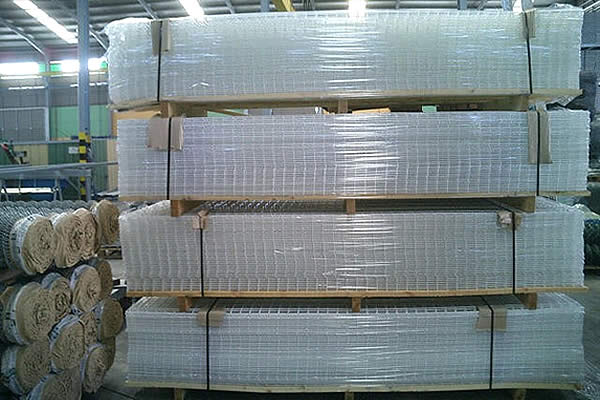 TEL:
+86-13102802206
TEL:
+86-13102802206
 Email:
fencenetting@china.com
Email:
fencenetting@china.com
 Language
Language
 TEL:
+86-13102802206
TEL:
+86-13102802206
 Email:
fencenetting@china.com
Email:
fencenetting@china.com
 Language
Language


The Evolution and Significance of Iron Wire Cable
Iron wire cables have played a pivotal role in the evolution of infrastructure, telecommunications, and various industrial applications. Since their inception, iron wire cables have provided solutions that reshape how we connect, build, and innovate. This article explores the development, applications, and significance of iron wire cables in different sectors.
The history of iron wire cables can be traced back to the early 19th century when advancements in metallurgy and wire drawing techniques made it possible to produce durable and flexible iron wires. As industries expanded, the demand for efficient and reliable transmission systems grew. Iron wire cables emerged as a preferred choice for applications where strength and resilience were critical.
With their increased tensile strength compared to other materials, iron wire cables became indispensable in construction projects. They provided the essential framework for bridges and buildings, enabling architects and engineers to design larger and more ambitious structures. One notable example is the use of iron cables in the construction of suspension bridges, where they support the weight of the bridge deck and distribute forces evenly. The Brooklyn Bridge, completed in 1883, is a testament to the importance of iron wire cables in modern engineering. This monumental structure utilized thousands of miles of wire to achieve its iconic design and remarkable stability.
In addition to their applications in construction, iron wire cables revolutionized the field of telecommunications
. The advent of the telegraph in the mid-19th century marked a significant turning point in communication technology. Iron wire cables were crucial for transmitting electrical signals over long distances, allowing for faster and more efficient communication than ever before. This innovation laid the groundwork for subsequent advancements in electrical engineering and telecommunications, ultimately leading to the development of telephone lines and later, the internet.
Iron wire cables have also significantly impacted the mining and construction industries. The durability of iron makes it suitable for use in environments that demand high strength and withstand harsh conditions. In mining, for example, iron wire cables are employed in hoisting systems and for securing loads, ensuring safety and efficiency in transporting materials. Similarly, in construction, they are essential in reinforcing concrete structures, providing additional support that enhances the overall integrity of buildings.
As technology evolves, so too does the manufacturing process of iron wire cables. Today, advancements in metallurgical practices have led to the production of high-carbon steel cables that provide even greater strength and flexibility. The integration of synthetic materials into the design of wire cables allows for better resistance to corrosion, reducing maintenance costs and extending the lifespan of these crucial components.
Moreover, the environmental aspect of production and usage of iron wire cables cannot be overlooked. With increasing attention on sustainability, manufacturers are exploring eco-friendly materials and production methods to reduce the carbon footprint associated with cable production. Recycling old iron wire cables has also gained attention, contributing to the circular economy and resource conservation.
In conclusion, iron wire cables have had a profound impact on multiple sectors, reshaping how we build, communicate, and operate in various industries. Their strength, durability, and versatility make them indispensable to modern infrastructure and technology. As we continue to innovate and strive for sustainability, the role of iron wire cables will remain essential, ensuring that they continue to support both existing structures and future innovations. Their legacy is firmly ingrained in the fabric of society, bearing testament to human ingenuity and the relentless pursuit of progress.